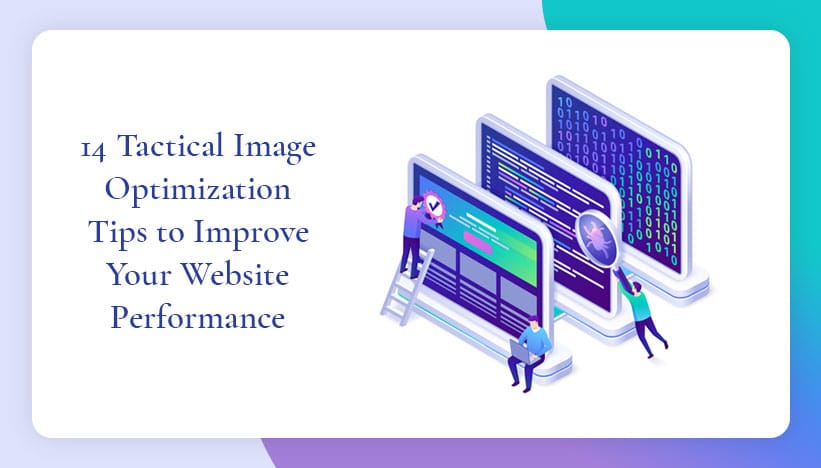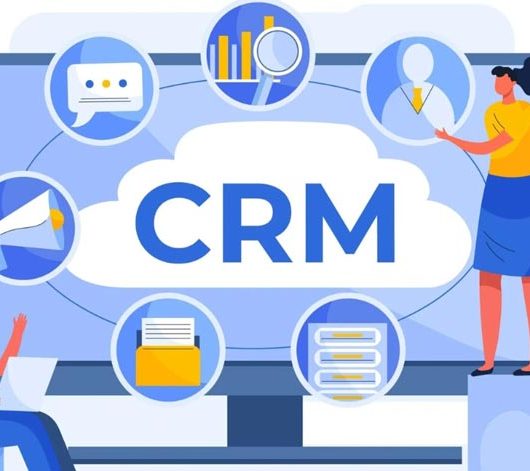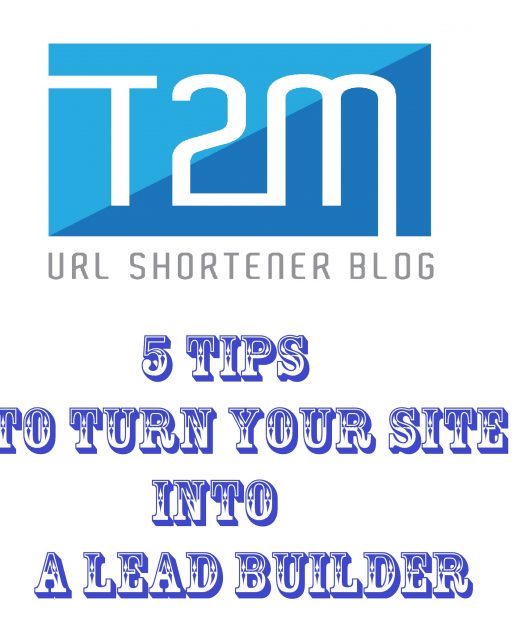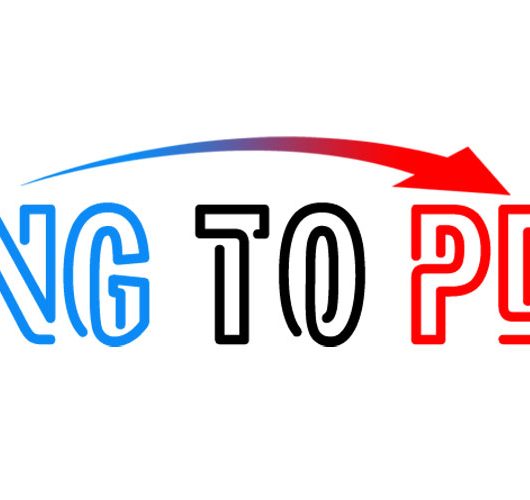SEO (Search Engine Optimization) involves the application of many strategies and techniques to improve website organic performance. Some strategies can be implemented easily however some strategies may take much longer to be implemented.
Because of this many businesses not having an effective SEO workflow tend to neglect or overlook small but important SEO strategies like image optimization.
Image optimization is often overlooked or delayed in order to prioritize other SEO tasks. When a website is being developed, and images are added to enhance the look and feel of the website, most of the time the businesses are unaware that the web performance is being affected by the images.
Most of the times the images result in a slow-loading website, resulting in unconverted leads. Hence it is important to focus on each and every SEO strategy.
Let us learn about some tactical image optimization tips which can help improve the website performance.
Resize Website Image
High-resolution images are captivating, entice users to click, and work well for print or social media. However, these images can also come with large file sizes, which result in slow loading speeds or broken images.
This affects the ranking of your website as Google prefers sites that have a fast loading speed and will give it a boost in rankings if it is under 3 seconds.
If your pictures take longer than 3 seconds to load, then it’s time to optimize the images on your website by doing the most common image SEO practice – lazy loading the images and reducing the file size.
Run your images through a photo editing program such as Photoshop and use their ‘Save For Web’ command to reduce or compress the file size. Alternatively, many photo compression software and apps online can reduce the image file size if you don’t have Photoshop.
Please note that image size (dimensions) can remain as per website specifics; the file size – how many kb an image is – must be reduced.
Select The Right Format
There are many types of image formats, the most common being JPEG, PNG, SVG, and WebP. Typically, websites use one of the four or a combination, and making the right choice in image format comes down to the importance of images for your website.
If you’re a branding firm or a photographer, then high-quality, high-res images are necessary and therefore preferable. Opting for PNG images, in this case, would be beneficial to your website.
Typically, e-commerce websites, blogs, and standard websites prefer WebP as it’s adjustable, the file size can be reduced without heavily compromising picture quality.
SVG is a type of vector image that is preferable for websites that require users to zoom into the image without losing integrity. As for animated images, GIFs are the most preferred format as it comes with small file sizes.
Use Unique Images
Stock image libraries are an excellent source for images. However, many developers pick from the most popular image results, making your website seem generic and inauthentic. Edit stock images to fit with your website’s feel and its demographic.
Doing a reverse image search on Google will also bring up the popularity of an image. If it has been overly used on other sites, it’s better to select another option.
Companies with a higher budget can invest in original images taken by a professional; not only will this help you stand out in your niche, as the pictures are exclusive to your company, but it also has potential SEO benefits.
Additionally, keep your target clients or users in mind, and curate and create images that pander to their interests.
This means paying close attention to the gender, age, and nationality seen in an image. Images that resonate with your users will entice them to click on the link associated with the picture.
Optimize Image File Names
Search Engine crawlers are getting more sophisticated and can now discern the content on the image. However, image file names are still important for search engine optimization, especially since Google announced, in 2018, that the image file name was a top factor when they rank a website.
Take advantage of file names by choosing the right keyword that tells crawlers about the details in the image. Separate descriptive words and keywords using hyphens and not underscores to make it easier for users and search engines to discern what the image contains.
Avoid generic file names such as ‘dog.jpeg’, instead, replace it with ‘dog-groomed-at-the-doggy-salon.jpeg.’ Creating specific file names that describe the image precisely will help it rank higher on image searches.
Use Image Alt Tags
Take advantage of all practices and techniques to get the most out of your search engine optimization efforts, especially when it’s as simple as adding alt tags to your image.
Alternative text or alt tags make it possible for search engines to index your image content. Users can read Alt tags when images take time to load, which gives them information about the picture before they see it.
Additionally, crawlers use alt tags to help understand the image content, so using descriptive and unique alt tags for all your website’s images will help it rank better. Keep alt tags unique and don’t resort to keyword stuffing.
Include Images Sitemaps
Creating a sitemap is an important image SEO practice that helps index your website. Plus, it tells crawlers how your website is organized and gives precise information about what each page contains.
Image sitemaps make Google notice your images if your website uses Javascript galleries or pop-ups that can sometimes be hard to index. Make sure that you include every image, infographic, video, and thumbnail in your sitemap so that search engines can index all your visual content.
It’s important to note that an image sitemap entry must have the title, description, caption, URL and license information of the image. Indexing your pictures will help them show up in search results and positively impact your website’s ranking.
Add Image Structure Data
Back in 2018, Google announced that image structure and file name are a factor when ranking images. Meaning the file path of each image is a key component when Google ranks your website and its images.
It would be beneficial to structure your image data to get the most of your search engine optimization efforts with Google’s clear directive. Additionally, structured images show up on page results as a badge/widget, making it stand out among other searches.
E-commerce sites or recipe websites can all benefit from this feature. To know more about this, head to Google’s General Structure Data Guidelines.
Pay Attention to Page Titles and Descriptions
Optimization of each page of your website should be done because your on-page SEO plays a part in how Google ranks images. Google announced that it automatically creates a title and caption to explain the image search result to users.
This announcement indicates that page titles, meta tags, descriptions, copy, and headers all give crawlers information about your website’s content, which they then use to rank your images.
So, make sure your image alt tags, file name, and captions align with the page’s content so that all keywords and descriptions send one clear message about what the content contains.
Use Clear Title Tags
When a user moves their mouse over an image, the name that pops up is the title tag. Unlike alt tags that can be seen before an image load, title tags show up only when an image is fully loaded and don’t take the place of images when they don’t load.
Optimize your title tags so that it speaks directly to the user, use keywords or captions to tell users what the image conveys accurately.
Title tags add to the overall optimization of images and can be a good practice to incorporate while doing image SEO.
Write Content
Even if you’re a photographer and have an image-heavy website, enhancing it with blogs and content that complement your images will help your images and website rank better.
For example, a blog talking about your wedding photos while displaying them will rank higher than a wedding album page consisting only of images. Search engines like to add context to content; this is especially true when it comes to image optimization.
Keep in mind that your pictures and content should be relevant and match – having wedding photos but writing about sharks will confuse crawlers on how to index the content.
So, writing relevant captions, adding short descriptions to images will help strengthen on-page SEO and image SEO, so that your website has a better chance of making it to first-page search results.
Don’t Hide Text In Images
Having text in images can be tricky to navigate, as hiding misleading text used to be part of black-hat SEO tactics, which is highly frowned upon and can incur penalties.
Sometimes for aesthetic purposes, site owners like to use images with title text or headers; this is considered hiding text; even though it may appear innocent, it’s best to avoid these practices.
If you absolutely must use an image instead of an H1 or text, then clearly label the image, title name, alt tag etc., so that your image is optimized and can help with the over SEO of the page.
Add Multiple Angles of Photos
It is common to have more than just one image of a product or an event on a page. This is especially true for e-commerce sites, where images shot from different angles of a product can benefit the user.
Instead of just naming them in sequential order, for example, green mug 1, green mug 2, etc., capitalize on these additional images by giving each a unique alt tag that will help with your image SEO.
Using the Green mug example, write specific alt tags for each, such as ‘Green Mug With Handle’ and ‘Green Mug with Funny Quote.’ This extra bit of information will widen your search pool, and Google will rank it higher and show it in more search results pages.
Clean up Decorative Images
Background images, buttons, arrows, borders, etc. are often overlooked but, when clubbed together, they can slow down or contribute to your website’s load speed. Do an audit of all these decorative images, and see which of them have the largest file sizes.
Then, clean up the non-important images altogether by eliminating them if they don’t attribute to aesthetic appeal or have a major function.
Alternatively, minimize their file size, convert them into PNG-8 format or use CSS styling as an alternative to decorative images. Doing this will free up the space for necessary images, and it will help with your website’s SEO efforts.
Use Images Wisely
Before working on any image SEO processes, it’s advisable to do an internal audit of your images to see which get the most clicks, what images are ranking better, etc.
Knowing the statistics behind these image-related queries can help you make better choices when selecting and using images wisely.
Since site speed and images are so often linked, it’s a good idea to assess whether multiple images of the same product are even necessary.
For example, cutting down from 5 images to 2-3 per blog or product will have a significant effect on your page loading speeds.
Along with the audit, test out other image factors such as:
How many images should a user see on a page at one time?
Is your website more image-heavy than necessary?
Is it better to have fewer feature images on the main page?
All these questions can be assessed with the help of an SEO specialist, who can come up with an image SEO strategy that will boost your rankings.
Read about benefits of optimized website.











